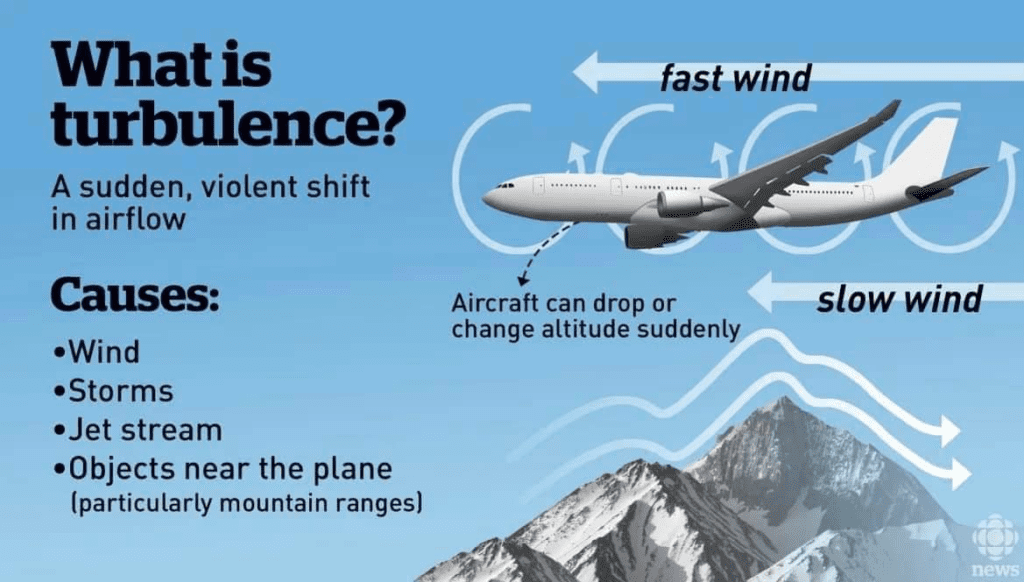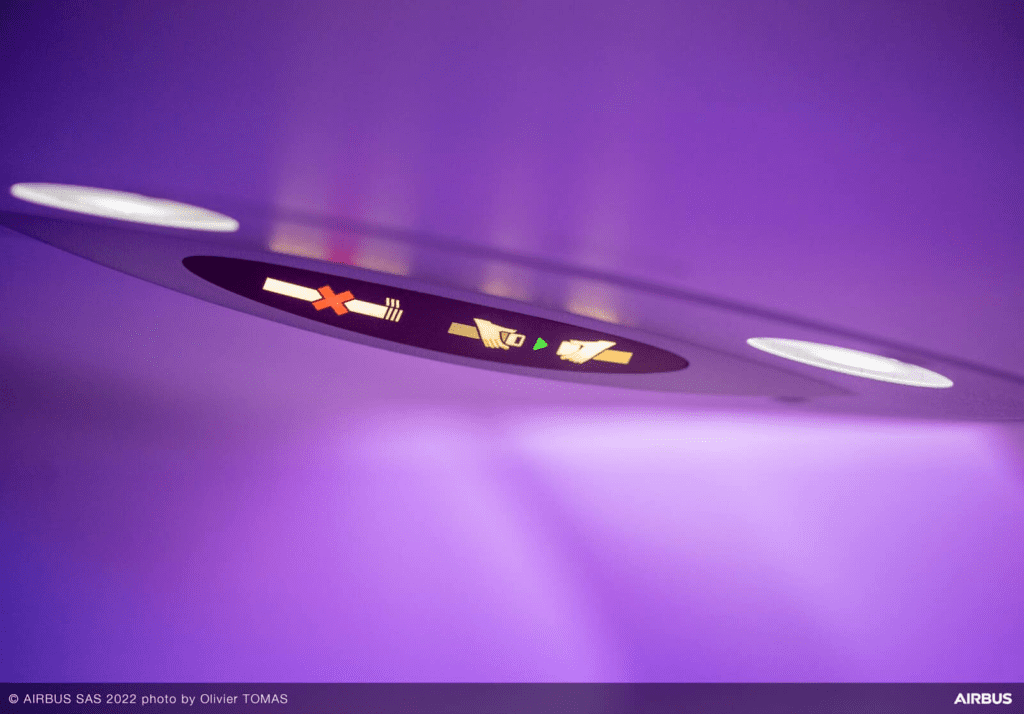
Turbulence can put stress on passengers, crew and aircraft. In worst cases, it can also lead to injuries as well as aircraft damage.
What if pilots had more advance warning and more precise data about upcoming turbulence thanks to a collaborative digital solution? What if they could prepare themselves and their passengers and even avoid the zone altogether?

Cross-aircraft collaboration
Road navigation apps enable drivers to alert others in real time about traffic issues. Similarly, what if an aircraft actually experiencing turbulence could quickly and automatically communicate precise data to other aircraft? This means that following aircraft would be forewarned and could even adapt their flight plans to avoid the turbulence, augmenting PIREPs (Pilot Reporting) with objective, atmospheric turbulence measurements.

Turbulence EDR* (Eddy Dissipation Rate) reporting and sharing enables enhanced situational awareness and decision-making. Avionics software collects data from the aircraft and computes Turbulence EDR, sends it to the IATA ground platform where all data is crosschecked, and shared with follower aircraft.
*EDR (Eddy Dissipation Rate) is a measure of the turbulent state of the atmosphere, independent of the aircraft. EDR has been adopted by the International Civil Aviation Organization (ICAO) since 2001 as the standard metric for atmospheric turbulence.
This turbulence measurement provides:
- accurate, objective, automated, information, independent of the aircraft type
- more precision on the turbulence area, altitudes and level
- more precision on the smooth air areas
This means flight teams can choose optimal flight paths and altitudes, as well as accurately communicate to passengers and cabin attendants.
A turbulence report algorithm is implemented in the Airbus AOC part of the ATSU system on the A320/A330, and in the ACMS on the A350.*
*AOC Aeronautical Operational Control
ATSU Air Traffic Service Unit
ACMS Aircraft Condition Monitoring System
It collects data from inertial systems and computes turbulence reports which can be sent by Aircraft Communications Addressing and Reporting System (ACARS) or (ACARS Over IP) to the airline or directly to the IATA platform.
This software can be installed:
- either by a dematerialised software installation on A320/A330
- or a Software Pin Programming (SPP) activation on A350
Source – Airbus Fast





